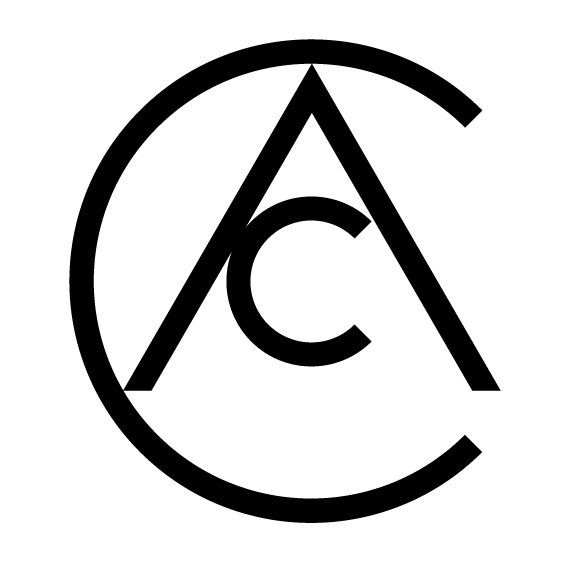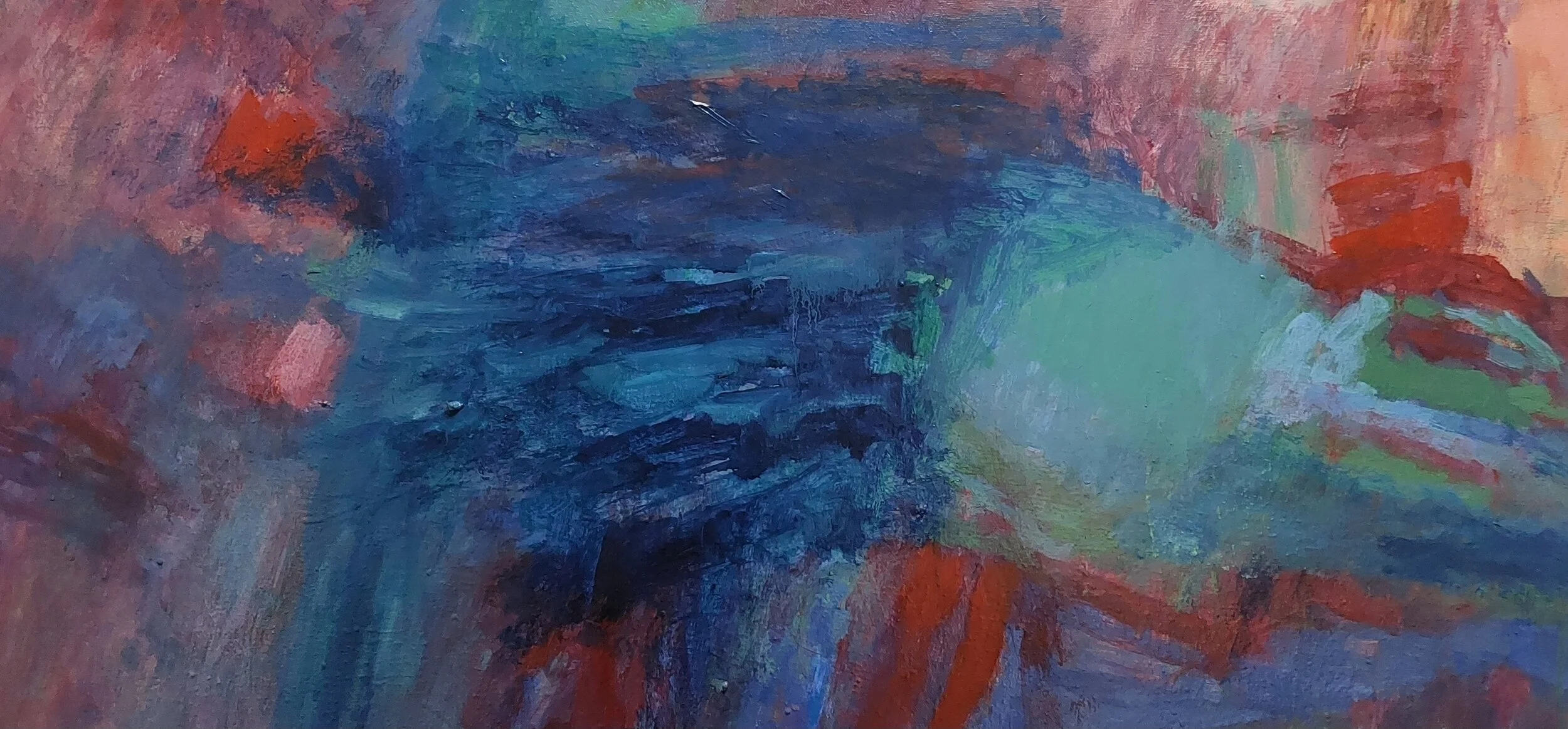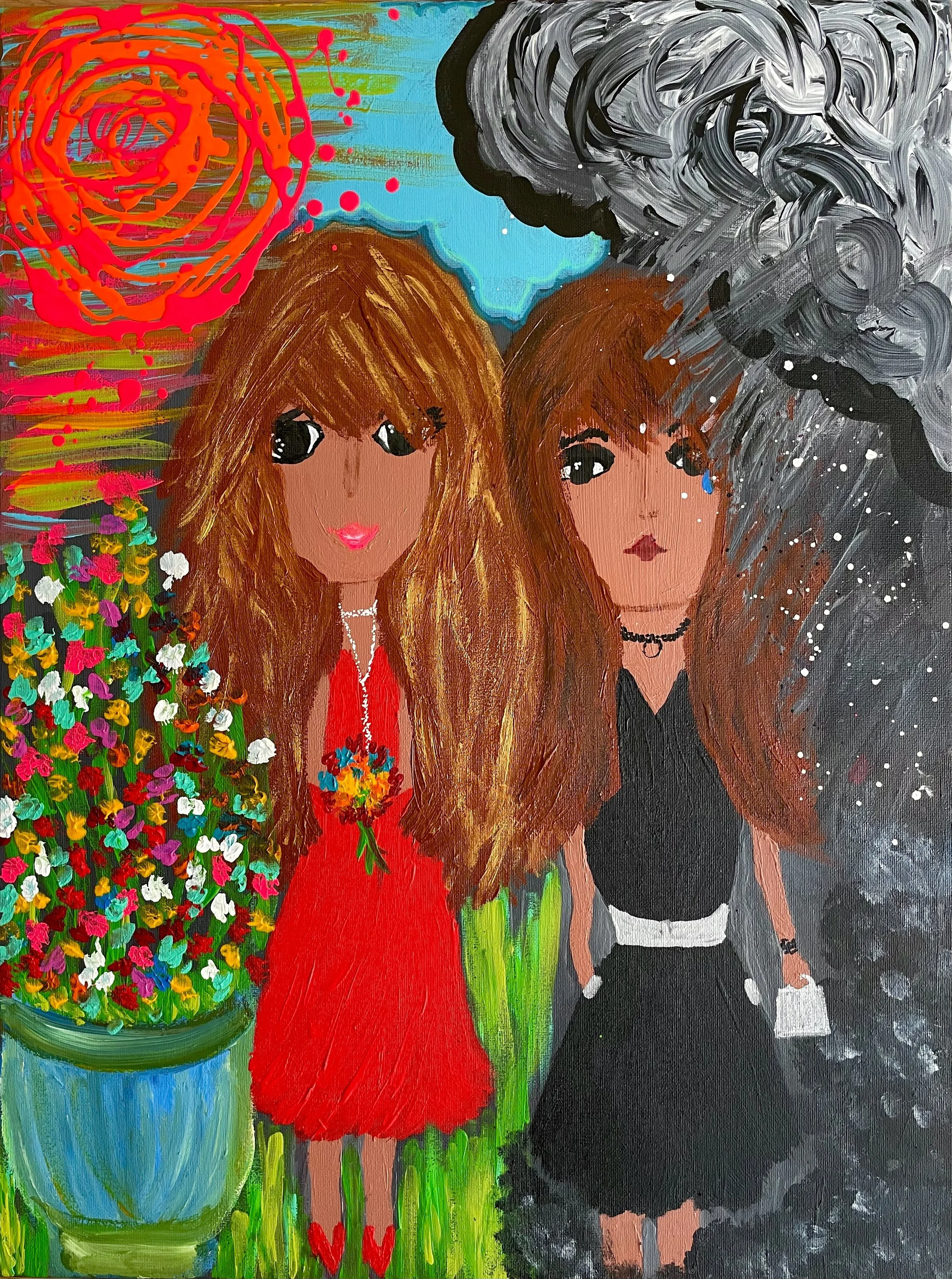Danisa Glusevic Ferreira
https://www.danisaglusevic.cl/
Danisa Glusevic Ferreira: A Fusion of Ancestral Memory and Contemporary Abstraction
In the vibrant intersection of matter, memory, and motion, Danisa Glusevic Ferreira’s art operates as a profound exploration of the human and natural condition. Born in Santiago, Chile, in 1965, and now based in Düsseldorf, Germany, Ferreira embodies the duality of rootedness and transience, crafting works that are as intellectually rigorous as they are emotionally evocative. Her practice, which spans decades and continents, charts a course through abstraction, figuration, and a deeply felt engagement with the organic and the urban.
Her education at the University of Chile, followed by her pivotal scholarship to Berlin's Hochschule der Kunst, established the foundation for her integration of diverse materials, techniques, and forms. As both an artist and educator, Ferreira’s influence has extended beyond her canvas, enriching the pedagogical landscape of painting and engraving in Chile.
But it is her art, particularly the works from her recent years, that demands close scrutiny. Exhibited across Chile, Argentina, Europe, and the United States, Ferreira’s paintings resonate with a unique vitality, inviting comparisons to the likes of Helen Frankenthaler and Cy Twombly, while simultaneously asserting a voice that is distinctly her own. Her paintings delve into philosophical terrain: the porous boundaries between body and environment, memory and erosion, creation and decomposition. The selection of her works under review affirms her place as one of contemporary art’s most significant abstract thinkers.
Ferreira’s 2023 piece, Earth Movement, shows her exploration of the visceral and the ephemeral. In this work, the brushstrokes seem to oscillate between permanence and fluidity, capturing the forces of tectonic shift and geological time. The layering of colors—earthy tones interspersed with ethereal whites—suggests a dialogue between solidity and dissolution. Her attention to texture reflects an intimate engagement with matter, where each stroke becomes a fragment of the earth’s story.
Tree Trunk (2023) reveals Ferreira’s fascination with decomposition and regrowth. The abstraction of the tree form into a mosaic of blues and browns is not a diminishment but a reconstitution. It recalls the work of Alberto Burri, whose compositions of burlap and paint interrogated the boundaries between decay and creation. Yet Ferreira’s approach is more lyrical, her tree a testament to resilience and interconnectedness rather than destruction.
In Volcánica (2022), Ferreira draws the viewer into the molten heart of a volcanic landscape. The piece pulses with vibrant reds and oranges that bleed into cooler, distant blues, evoking the transformative power of fire and lava. This interplay of heat and calm underscores her philosophical engagement with creation as both an act of violence and renewal. One can trace echoes of Turner’s fascination with the sublime, yet Ferreira’s abstraction makes the narrative less literal, more open to the viewer’s interpretation.
Her Vulcan Landscape (2020) and Whale (2020) continue this engagement with the elemental. The former, executed in mixed techniques on paper, achieves a rough immediacy, as though the image were excavated rather than painted. In contrast, Whale employs fluid, gestural lines to conjure the ocean’s vastness and its fleeting denizens, suggesting a memory etched by the tides themselves.
The ocean, both literal and symbolic, occupies a central place in Ferreira’s oeuvre. Works like Ocean Fragment (2022) and Sea Vestiges delve into the water’s capacity to hold and transmit memory. The shimmering blues and greens, interrupted by flashes of crimson, seem to depict the sediment of time, layering the history of humanity and nature. Ferreira captures the liminal space where water and land meet, reflecting her own journey between continents and cultures.
In Selvática (2022), Ferreira ventures into a more terrestrial realm, yet the palette and fluidity remain aquatic in spirit. The jungle becomes an ocean of green, punctuated by bursts of life and color. This work epitomizes her ability to abstract natural forms into a universal language of movement and transformation.
Ferreira’s paintings often evoke the human body, not in its idealized form but as a vessel of time and transformation. Look (2019) and Transformation (2013) epitomize this interest. In Look, an unsettling face emerges from a sea of reds and blues, its gaze haunting yet intimate. It speaks to the boundary between interiority and exteriority, where identity dissolves into the surrounding atmosphere.
Transformation, is a meditation on the body’s flux. The layers of paint seem to mimic layers of skin or sediment, capturing the passage of time. Here, Ferreira’s use of texture becomes almost sculptural, recalling the works of Antoni Tàpies in its tactile quality. Yet the mood is uniquely hers: a mix of melancholy, curiosity, and acceptance of impermanence.
Ferreira’s art is rooted in a deep philosophical inquiry, one that aligns her with modernist traditions while placing her firmly in the contemporary moment. Her concern with memory, decomposition, and the border between the raw and the ethereal connects her to the work of Anselm Kiefer. Yet where Kiefer’s landscapes often feel heavy with the weight of history, Ferreira’s compositions are lighter, more dynamic, infused with a sense of hope and regeneration.
Her artistic practice resonates in a world grappling with environmental degradation and cultural displacement. Ferreira’s ability to abstract these concerns into a visual language of movement and texture makes her work profoundly relevant. By engaging with the natural and the human, the ancestral and the modern, she invites viewers to reflect on their own place within the cycles of creation and decay.
Danisa Glusevic Ferreira’s art situates her among the most compelling voices in contemporary abstraction. Her works are not mere aesthetic objects but meditative spaces, where the viewer is encouraged to grapple with questions of identity, memory, and transformation. In a world increasingly fractured, Ferreira’s art offers a vision of interconnectedness, where the boundaries between self and other, body and environment, blur into a harmonious whole.
Her career trajectory, from her early days in Santiago to her current studio in Düsseldorf, mirrors the very themes her art explores. She is an artist who has traversed borders, both physical and conceptual, and emerged with a language that is as personal as it is universal. Like Joan Mitchell before her, Ferreira captures not just landscapes but the emotional and philosophical resonance of place. Yet Ferreira’s landscapes are as much internal as external, reflecting the deeply human experience of time and change.
In her work, Ferreira challenges the viewer to confront the passage of time, the fragility of the body, and the resilience of nature. She redefines abstraction not as an escape from reality but as a deeper engagement with its essence. Her art is a reminder that even in decomposition, there is beauty, and in fragmentation, there is unity.
In a contemporary art world often obsessed with novelty for its own sake, Ferreira’s work stands out for its sincerity and depth. She does not shy away from complexity, but neither does she alienate the viewer. Her paintings are open invitations to reflect, to feel, and to connect.
Danisa Glusevic Ferreira is a philosopher of color and form. Her art matters because it asks the questions that define our humanity. What do we remember? What do we leave behind? And how do we, like her paintings, transform over time?
Her place in contemporary art is secure, her legacy still unfolding. One thing is certain: Ferreira’s art will continue to resonate, a testament to the enduring power of abstraction to speak to the most fundamental truths of existence.
Danisa's art offers a remarkable confluence of intellectual rigor and emotional resonance. Her ability to distill memory, matter, and movement into compelling abstractions places her among the most visionary contemporary artists. Each painting is not just a composition of color and form but an active dialogue with the viewer—a conversation about time, transformation, and the interconnectedness of all things.
Looking to Ferreira’s work, one cannot ignore its deep-rooted philosophical underpinnings. She masterfully bridges the raw and the ethereal, weaving a narrative that transcends the boundaries of geography, culture, and history. By embedding the natural—volcanic landscapes, oceanic expanses, and organic decay—into her canvases, she captures the essence of an ever-evolving world. Yet her art is not constrained by the literal; instead, it functions as a metaphor for human resilience and the perpetual cycles of creation and destruction.
Her relevance extends beyond the aesthetic realm into the broader social and environmental discourse. In an era marked by ecological crises and cultural dislocation, Ferreira’s paintings remind us of the fragility and beauty of our surroundings and our bodies. The recurring motifs of the ocean, the forest, and the volcanic landscape become symbols of life’s dualities: permanence and impermanence, fragility and strength.
Ferreira’s work resonates with a timeless quality, yet it speaks directly to the anxieties and aspirations of our contemporary moment. Her paintings are not a records of personal exploration but also universal meditations on existence. As society continues to grapple with questions of identity, belonging, and sustainability, Ferreira’s art serves as a beacon, guiding us toward deeper introspection and collective awareness.
Through her unparalleled talent, Ferreira has firmly established herself as a pivotal figure not only within the art world but also within the broader cultural dialogue. Her work stands as a lasting testament to the transformative potential of abstraction, offering profound insights into the fundamental truths that define our collective human experience.
By Marta Puig
Editor Contemporary Art Curator Magazine
Transformation,2013, oil on Canvas,80x 90cm
Sea Vestiges, Oil on Canvas,80x 90cm
Look, 2019.Oil on Canvas 70 x80cm
Selvática, 2022, Oil on Canvas 60x70cm
Whale, 2020.Mixed technique on Paper45 x60cm
Vulcan Landscape, 2020, Mixed technique on Paper,50x 60cm
Ocean Fragment,2022, Oil on Canvas 45x90cm
Volcánica -2022, Oil on Canvas, 45x90cm
EarthMovement,60x80cm, Oil on Canvas 2023
Tree Trunk,2023.Oil on Canvas 60x60cm













